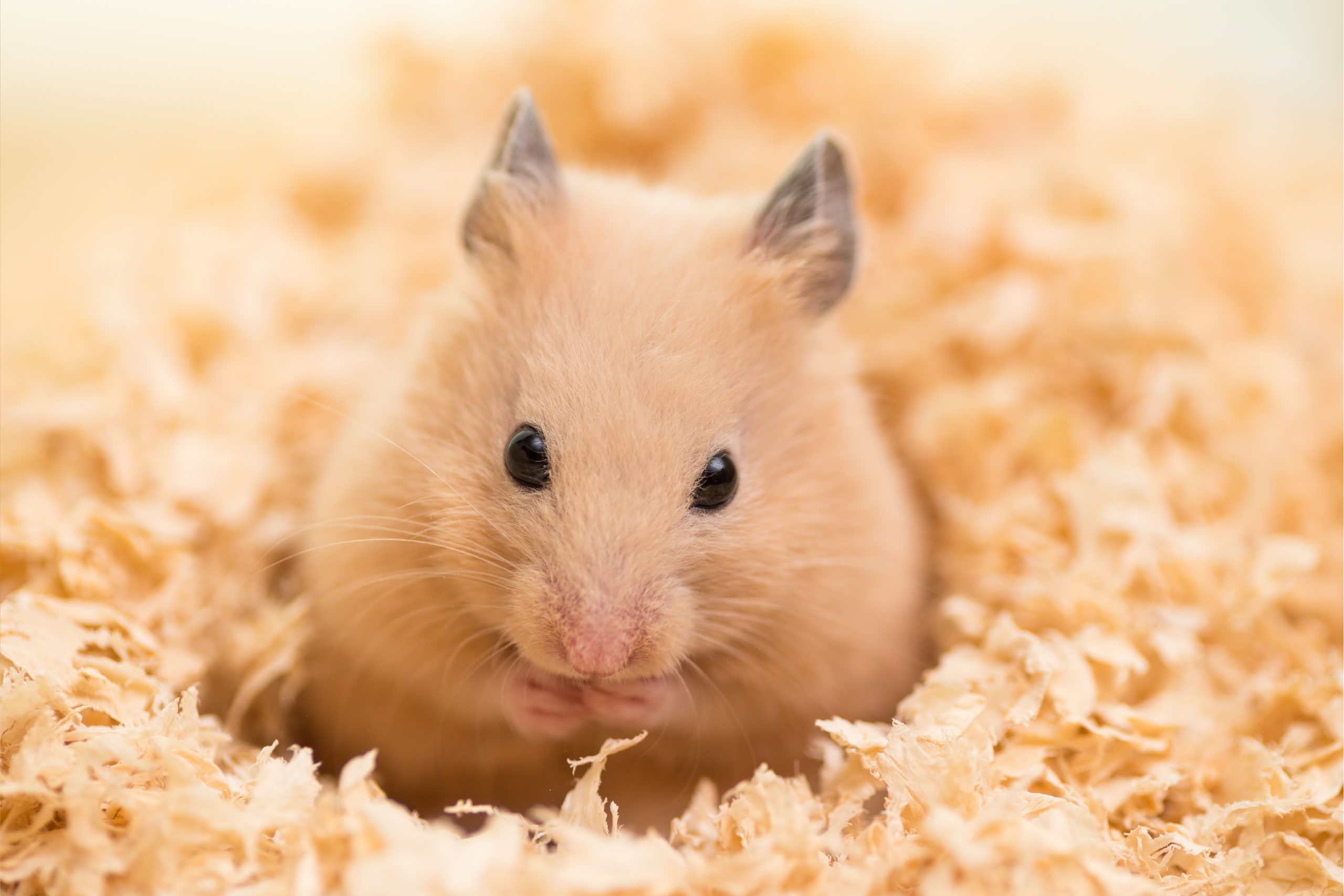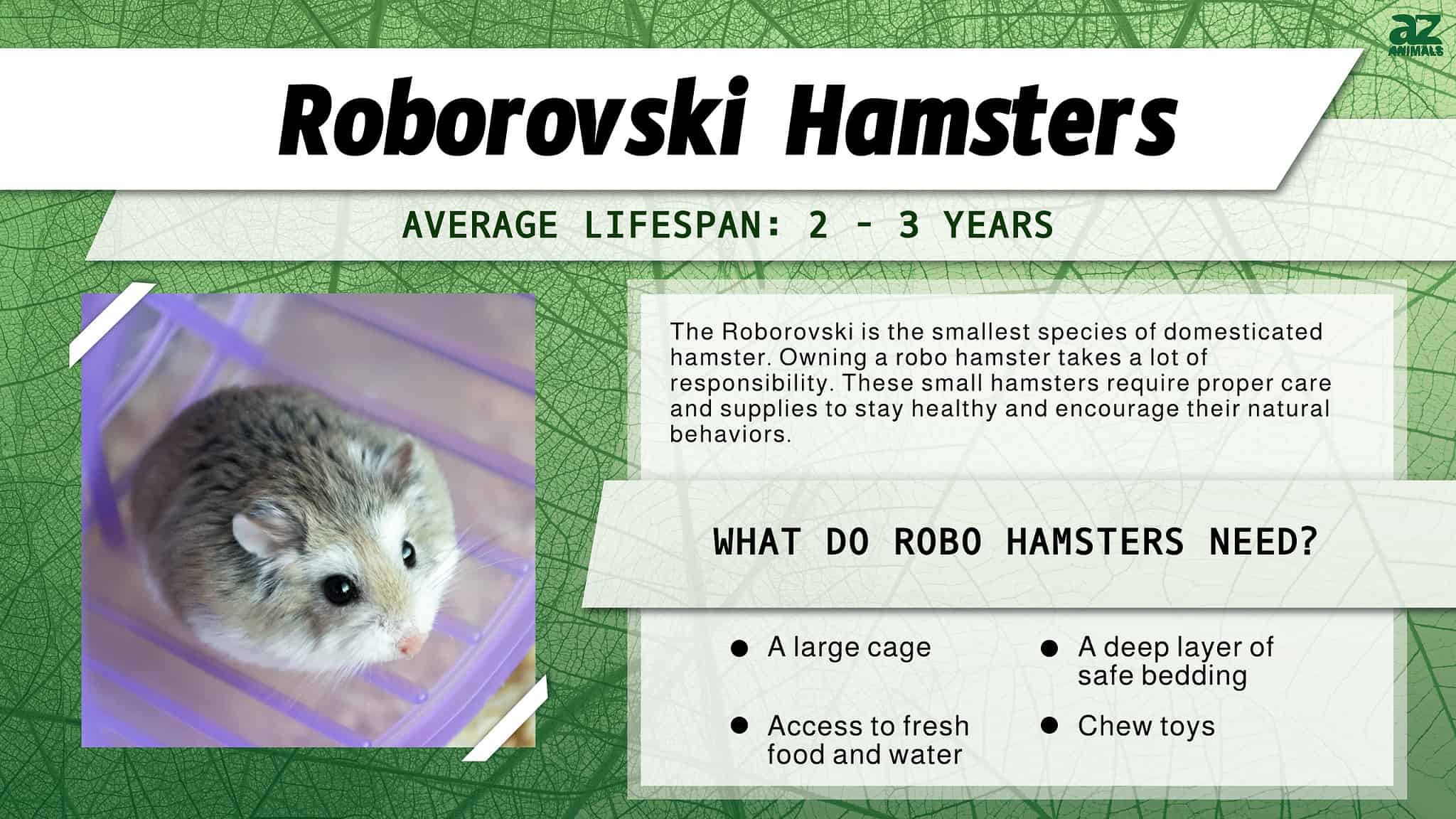X Hamster: A Comprehensive Guide To Care, Types, And Lifespan
So, you're thinking about getting a hamster, huh? Or maybe you already have one and want to learn more about how to give your little buddy the best life possible. Well, you're in the right place, my friend. This article is all about x hamster—a comprehensive guide to care, types, and lifespan. We’ll dive deep into everything you need to know to become a hamster whisperer. Stick around because there’s a ton of awesome info coming your way!
Hamsters are super cute, right? But they’re not just furry little balls of cuteness—they’re also complex little creatures with specific needs. If you’re serious about being a hamster parent, it’s important to understand what makes them tick. From their diet to their habitat to their lifespan, we’ve got you covered. Think of this as your ultimate cheat sheet for hamster ownership.
By the end of this guide, you’ll be an expert on all things hamster-related. You’ll know exactly how to care for your furry friend, what types of hamsters are out there, and how long they can live. So, let’s get started, shall we? Your hamster’s waiting for you to step up your game!
- Vegamovies Mp4moviez Your Ultimate Guide To Streaming Movies In 2023
- Desi 49com The Ultimate Guide To Understanding The Phenomenon
Table of Contents
- Hamster Care: The Basics
- Types of Hamsters You Can Own
- Understanding the Lifespan of Your Hamster
- What Should Your Hamster Eat?
- Creating the Perfect Habitat
- Hamster Health: Common Issues and Solutions
- Playtime and Exercise for Your Hamster
- Socialization: Are Hamsters Social Creatures?
- Breeding Hamsters: What You Need to Know
- Fun Facts About Hamsters
Hamster Care: The Basics
Alright, let’s start with the basics. Caring for a hamster might seem like a piece of cake, but there’s more to it than just giving them food and water. First things first, you gotta make sure your little guy has a clean and comfy home. Hamsters love to burrow, so get them a cage with plenty of bedding material like aspen shavings or paper-based bedding. Avoid cedar or pine shavings, though—they can be harmful to your furry friend.
Feeding Your Hamster
When it comes to feeding, hamsters are pretty easy to please. They love a mix of seeds, nuts, and pellets specifically made for hamsters. But don’t forget the veggies! Carrots, broccoli, and spinach are all great options. Just be careful not to overfeed them with sugary treats—too much sugar can lead to health problems.
- Aditi Mistry Truth About Alleged Nude Videos Amp Controversy Explained
- Unlocking The Mystery Of Mydesinet2 The Ultimate Guide Youve Been Waiting For
And hey, don’t forget fresh water! A water bottle attached to the side of the cage works best because it keeps the water clean and prevents spills. Change the water daily to keep it fresh and bacteria-free.
Types of Hamsters You Can Own
Not all hamsters are created equal, my friend. There are several types of hamsters you can choose from, each with its own unique characteristics. Let’s take a look at some of the most popular ones:
- Syrian Hamsters: Also known as golden hamsters, these guys are the largest type of hamster you can own. They’re super friendly and love to interact with their humans.
- Dwarf Hamsters: These little guys are smaller than Syrian hamsters and come in different varieties like Campbell’s dwarf hamsters and Roborovski hamsters. They’re social and love to live in pairs or small groups.
- Chinese Hamsters: These hamsters are known for their longish bodies and are often mistaken for mice. They’re super active and love to explore.
Each type of hamster has its own personality and needs, so make sure you do your research before choosing one. Some are more social, while others prefer to live alone. It’s all about finding the right match for you!
Understanding the Lifespan of Your Hamster
Now, let’s talk about something important—your hamster’s lifespan. On average, hamsters live anywhere from 2 to 3 years, depending on the species. Syrian hamsters tend to live a bit longer, while dwarf hamsters have a slightly shorter lifespan. But don’t let that discourage you—they might not live as long as some other pets, but they sure do pack a lot of joy into those few years!
Proper care plays a huge role in how long your hamster will live. A healthy diet, a clean cage, and plenty of exercise can help extend their lifespan. So, make sure you’re doing everything you can to keep your furry friend happy and healthy.
What Should Your Hamster Eat?
Food is life, right? Well, it’s definitely important when it comes to hamsters. A balanced diet is key to keeping your little buddy healthy and happy. Here’s a quick rundown of what your hamster should be eating:
- Hamster Pellets: These should make up the bulk of your hamster’s diet. They’re packed with all the nutrients your furry friend needs.
- Fresh Veggies: Carrots, broccoli, and spinach are all great options. Just make sure to wash them thoroughly before feeding.
- Fruits: Apples and bananas are okay in moderation, but watch out for too much sugar.
- Treats: Nuts and seeds make great occasional treats, but don’t overdo it.
And remember, always provide fresh water! A dehydrated hamster is not a happy hamster.
Creating the Perfect Habitat
Your hamster’s home is their castle, so you gotta make sure it’s the best it can be. Start with a spacious cage—hamsters love to run around and explore. A cage with a solid floor is ideal because wire floors can hurt their little feet.
Fill the cage with plenty of bedding material for burrowing, and add a few toys for entertainment. Hamsters love wheels—just make sure it’s a solid one with no gaps that could hurt their feet. And don’t forget a cozy hideout where your hamster can retreat when they need some alone time.
Hamster Health: Common Issues and Solutions
Even with the best care, hamsters can still get sick sometimes. It’s important to know what to look out for so you can catch any issues early. Some common health problems in hamsters include:
- Wet Tail: This is a serious condition that can lead to dehydration and death if not treated promptly. Look for signs like diarrhea and lethargy.
- Dental Issues: Hamsters’ teeth grow continuously, so they need things to chew on to keep them worn down. Without proper care, their teeth can become overgrown and cause eating problems.
- Respiratory Infections: These can be caused by dusty bedding or poor ventilation. Symptoms include sneezing, wheezing, and discharge from the nose or eyes.
If you notice any of these issues, take your hamster to the vet right away. Early treatment can make all the difference!
Playtime and Exercise for Your Hamster
Hamsters are super active little creatures, so they need plenty of playtime and exercise. A good-quality wheel is a must-have for their cage. Make sure it’s big enough for them to run comfortably without arching their back.
Outside the cage, you can let your hamster explore in a safe, supervised area. Use a playpen or a hamster ball to keep them contained. And don’t forget interactive toys like tunnels and mazes—they love to explore!
Socialization: Are Hamsters Social Creatures?
Here’s the deal—some hamsters are social, while others prefer to be left alone. Syrian hamsters, for example, are solitary creatures and don’t like sharing their space with other hamsters. Dwarf hamsters, on the other hand, can live in pairs or small groups if they’re properly introduced.
If you’re thinking about getting a second hamster, do your research first. Some species are territorial and might not take kindly to a new roommate. And always supervise their interactions to make sure they’re getting along.
Breeding Hamsters: What You Need to Know
So, you’re thinking about breeding hamsters, huh? Well, before you dive in, there are a few things you need to know. First off, breeding hamsters isn’t as simple as putting two hamsters together and waiting for babies. It requires a lot of knowledge and responsibility.
Make sure you understand the breeding process and the potential risks involved. Some hamsters can become aggressive during breeding, and there’s always the possibility of complications during birth. If you’re not prepared for all of this, it’s probably best to leave breeding to the professionals.
Fun Facts About Hamsters
Let’s end on a fun note, shall we? Here are some cool facts about hamsters that you might not know:
- Hamsters are nocturnal, which means they’re most active at night.
- They have cheek pouches that can hold an impressive amount of food!
- Hamsters can run up to 6 miles in a single night on their wheels.
- They have a great sense of smell, which they use to recognize their owners.
Isn’t it amazing how much there is to learn about these little creatures? Hamsters might be small, but they’re full of surprises!
Conclusion
Well, there you have it—a comprehensive guide to x hamster care, types, and lifespan. By now, you should feel confident in your ability to take care of your furry friend. Remember, proper care is key to ensuring your hamster lives a long and happy life.
So, what are you waiting for? Get out there and give your hamster the best life possible. And don’t forget to share this article with your fellow hamster enthusiasts. Together, we can make the world a better place for our furry friends!
Article Recommendations
- Why Vegamoviesin Is A Gamechanger For Movie Enthusiasts
- Unveiling The Allure Of Sexy Movie Full Hd A Deep Dive



Detail Author:
- Name : Maud Wolff
- Username : delilah88
- Email : schultz.addie@gmail.com
- Birthdate : 1982-03-08
- Address : 80949 Myah Courts Apt. 559 North Patsyville, ID 44702
- Phone : +1-512-418-1981
- Company : Sanford-Volkman
- Job : Coroner
- Bio : Ut consectetur qui itaque consectetur non rem sunt error. Labore et libero eum adipisci. Eligendi est hic vitae. Impedit quo at possimus illo deserunt.
Socials
twitter:
- url : https://twitter.com/kaylee3645
- username : kaylee3645
- bio : Aut minima dolorem exercitationem quibusdam qui. Expedita dolore incidunt quis dicta modi ullam. Animi vero odio sed voluptatum reiciendis non et aut.
- followers : 6960
- following : 2844
linkedin:
- url : https://linkedin.com/in/kaylee9612
- username : kaylee9612
- bio : Nihil molestias vel eligendi facere iure est.
- followers : 6093
- following : 844
facebook:
- url : https://facebook.com/kayleewehner
- username : kayleewehner
- bio : At similique aut non vel quo illum voluptatem. Ut enim nostrum ipsam alias.
- followers : 5706
- following : 350